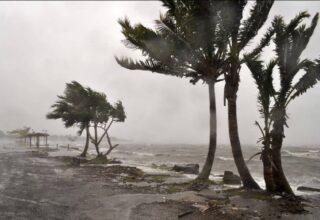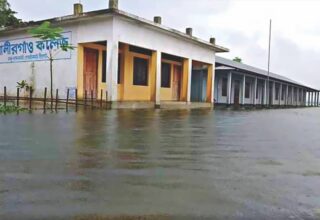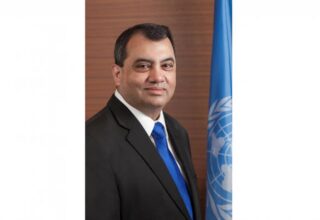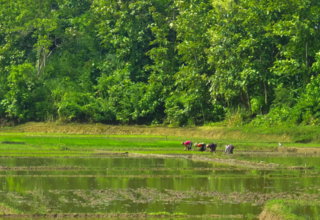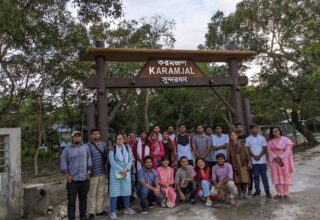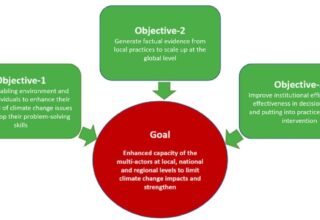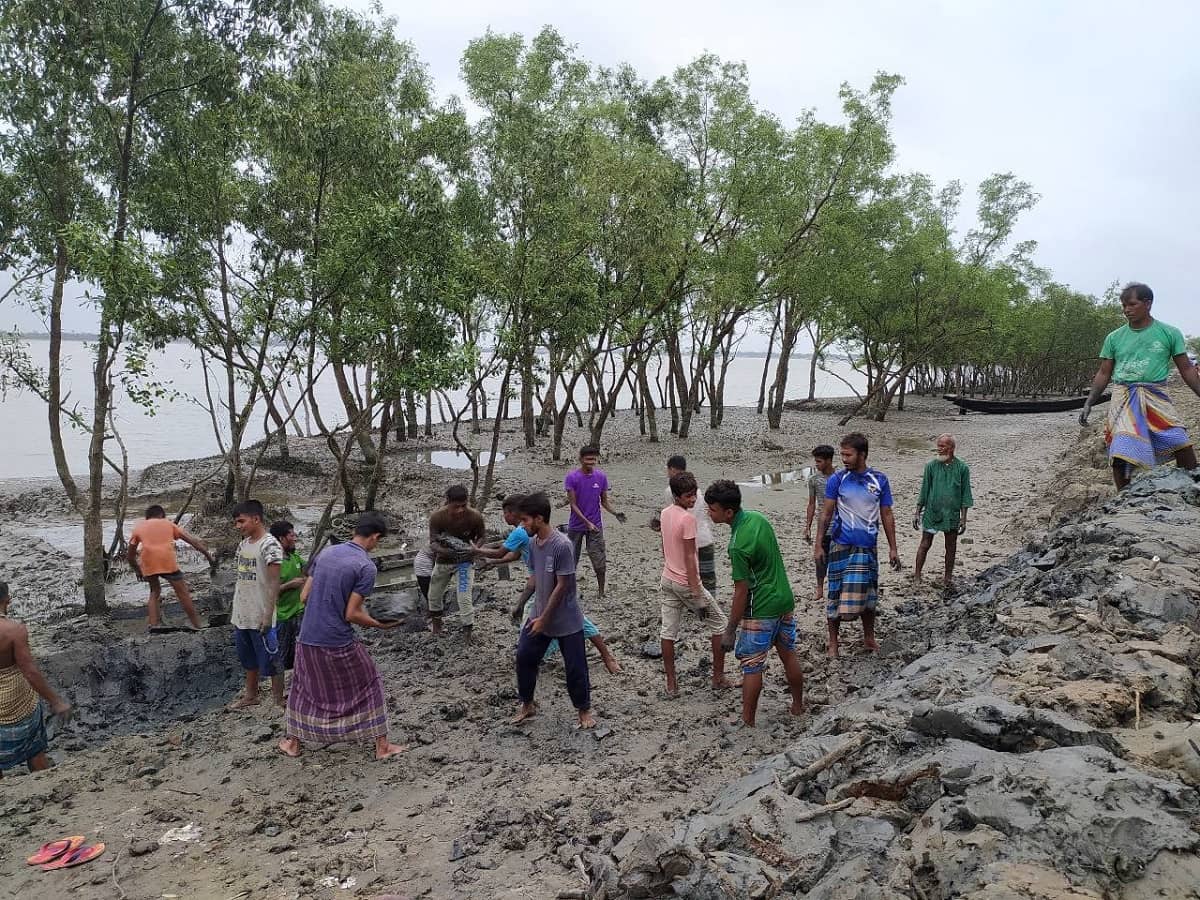
Extensive decision-making processes often have a marginal representation of grassroot level frontliners, even though they are the real-life adaptation experts
Most fragile ecosystems across the world have a sombre similarity. Its settings are faced with gradual deterioration through geological and hydrological processes – pushing its communities towards imminent risk of displacement, threats, and insecurities. When least developed countries, which are also climate vulnerable tackle these adversities, those with the least capability are hardest hit.
In Bangladesh, this represents the 30 million lives at risk to be displaced from the coastal areas – awaiting a looming future with severe implications on livelihood, habitat, economy, and overall survival. This reality also makes them best positioned to identify the right priorities to formulate solutions that internalize the contextual standpoints. However, even today their inclusion remains at unsatisfactory levels, regarding the overall decision-making process of planning and implementing funds directed to climate change. Expert opinions from all parts of the world are resorted for identifying solutions – for those who are constantly adapting to changing ground realities. While scientific advice remains indispensable, the more extensive decision-making processes often has a marginal representation of grassroot level frontliners, irrespective of them being the real adaptation experts in the ground.
Who speaks for the global front-liners?
There has been a recent push to include the voices of the front-liners contributing to evidence-based policymaking for building stronger allies in the science-policy interfaces and enhanced knowledge sharing. As such, North-South and South-South collaboration has led to building more effective partnerships within governments, local government, CSOs and local NGOs for the overarching attainment of the Sustainable Development Goals (SDGs) that aims to leave no one behind. While the international communities have emphasised for funding to reach the grassroot level communities, the money for adaptation and how it is to be spent still remains with actors not directly impacted. This makes it important to ask: who then speaks for these frontliners, or local adaptors, and why is it not a direct exchange itself?
Choices and trade-off
It is necessary to discuss how local adaptors really adapt – although it may only capture a partial picture. Local adaptors are constantly trading off financial security with efforts to bounce back from the aftermaths of their concurrent tragedies. Their decisions are optimal with regards to the limited available resources they find first in hand. Choices of these indivuduals are structured through time and resource constrained factors while accounting for the various challenges they operate under. Essentially so, their actions are curated with respect to both conservation, resilience and sustainability perspectives. Therefore, their ideas capture the notion of uniquely suiting solutions benign to the socio-ecological contexts of ground realities.
Local experts as global teachers
There are still questions whether adaptation is locally-led ‘enough’ while grassroot communities continue to set global examples with their indigenous, context-specific adaptation solution. Areas like Central Rift Valley of Ethiopia experience pressing problems from changing climate throughout the year. Despite the harsh realities, local communities continue to integrate adaptation strategies into their livelihood – particularly those working in climate-sensitive sectors like agriculture. Taking the case of smallholder farmers in Ethiopia, where 90 percent of farmers have perceived climate variability, study reveals 85 percent already made attempts to adapt in agricultural incorporating proven and effective practices. This includes locally-led initiatives of changing patterns like crop diversification, date adjustments for planting, conservation practices of soil and water etc. Further South, fishermen in Bangladesh respond to weather warnings and adjust their fishing patterns accordingly. With marginal resource and knowledge, groups of rural fishing communities benefit from their strong social bond which in turn foster unity ahead of any uncalled emergence.
Finally, it is needless to reiterate the role of women in their tireless fight against climate change. Women residing in climate vulnerable hotspots are constantly challenged by recurring incidents – testing their bodily and psychological capacities to cope. However, their abilities to bounce back despite these episodes make them global leaders in resilience – and even ‘agents of change’ to demonstrate transformative adaptation.
Limit of adaptation and way forward
Most of the local adaptive strategies against changing climate and its dwindling catch take into considerations of natural, cultural and heritage factors. While communities use their limited resources economically, they are also adequately prepared for a single incident which can take away all that was conserved for months. As a result of their excessive loss, expanding research has shown that many climate affected people are acute sufferers from post-traumatic stress disorder and major depressive disorders, among others – happening due to complicated and suppressed grief retained over long period of time. Yet, local adaptors continue to ‘adapt’ – opening up the Pandora’s box with the big questions;where do we draw the line and; what is the limit of adaptation? Therefore, local adaptors and their voice need to strengthen. For that, pro-poor, gender-sensitive, and participatory mechanisms are critical to be established.
A roadmap for their sustainable growth and empowerment is imperative which will pave ways for these communities to contribute to the larger human development spectrum. Jobs and livelihood opportunities which are resilient, reliable and sustainable should be introduced to them bringing in various stakeholders to foster trust and collective effort. As such, their journey towards resilience will help set an example for tracking and even measuring adaptation progress – making the pathway distinctive in terms of its larger contribution to define the global adaptation goal.
Originally this article was published on September 22, 2021 at Dhaka Tribune.
About The Authors
Prof. Saleemul Huq is Director of the International Centre for Climate Change & Development (ICCCAD)
Sirazoom Munira is working as Program Officer to support Climate Vulnerable Forum Presidency of GoB based at the Global Centre on Adaptation.

